- /
- /
- /
What is “Zoombombing” and How to Prevent It
As COVID-19 has led to an increased use of Zoom, there have been instances of public Zoom meetings getting hijacked, or “Zoombombed,” by malicious actors. Zoom has since taken steps and provided helpful tips to prevent unintended access to your meeting and meeting controls.
Here are some quick tips:
1. Use a unique meeting ID and require password: When scheduling public meetings, avoid using your Personal meeting ID, instead use the random meeting ID that is generated automatically. You can also require your attendees to use a password for joining the meeting. These settings can be found when you schedule meetings using the Zoom web portal.

2. Try Waiting Room option: The Waiting Room is a virtual waiting area that stops your users from joining the meeting until you are ready. This option can be found under Settings>In Meeting (Advanced).

3. Manage Screen Sharing: As of March 26th, 2020, Zoom has made a security update which defaults the screen sharing settings to “Only Host.” To ensure your screen sharing is set up correctly, Go to Share Screen, click the arrow next to it and select Advanced Sharing Options.

You should see the default options below. If that’s not the case, change options to ‘Only Host’ and ‘One participant can share at a time’.
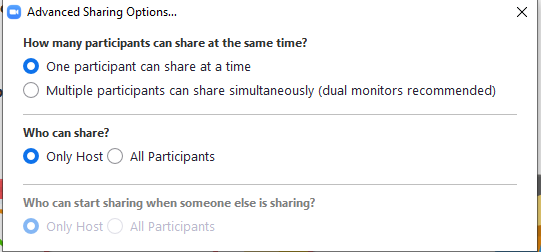
4. Manage Participants: Allow only signed-in users to join the meeting. If a user tries to join the meeting without logging into Zoom, or if they are logging in with an unauthorized email domain, they will receive one of the following messages:
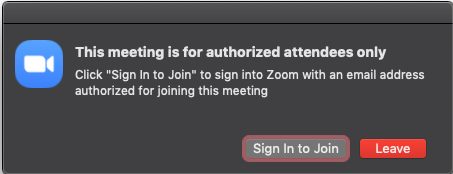
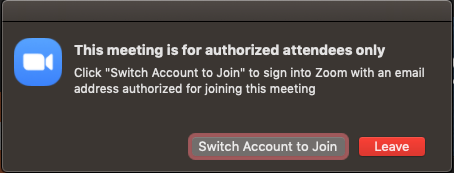
5. Lock the meeting: When you lock a Zoom meeting, no new participants can join, even if they have the meeting ID and password. To lock your meeting, click Manage Participants at the bottom of your Zoom window, then click More, located at the bottom of the panel, and select Lock Meeting.

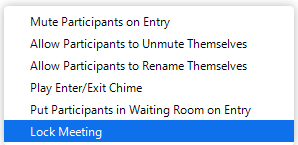
6. Disable Video and Annotations: You can disable participants from sharing videos or using the annotation tool by going to Settings>In Meetings (Basic)

7. Remove unwanted participants: Click Manage Participants at the bottom of the Zoom window, go to the name of the person you want to remove, click More and select Remove.
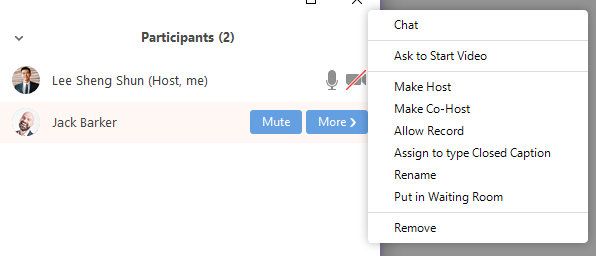
8. Update regularly: In your Zoom desktop application, click on your profile image on the top right corner and select ‘Check for Updates’ from the drop-down menu. Update and reopen Zoom. Zoom may also remind you if an update is available.
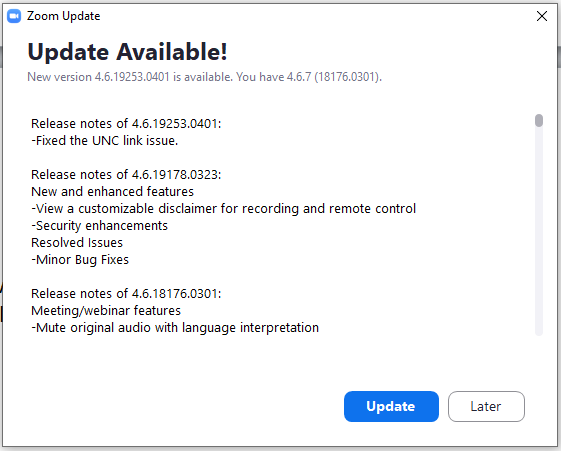
For more tips and best practices, review the articles linked below:
https://blog.zoom.us/wordpress/2020/03/27/best-practices-for-securing-your-virtual-classroom/
https://www.pcmag.com/how-to/how-to-prevent-zoom-bombing
Image Source: Zoom Help Center
